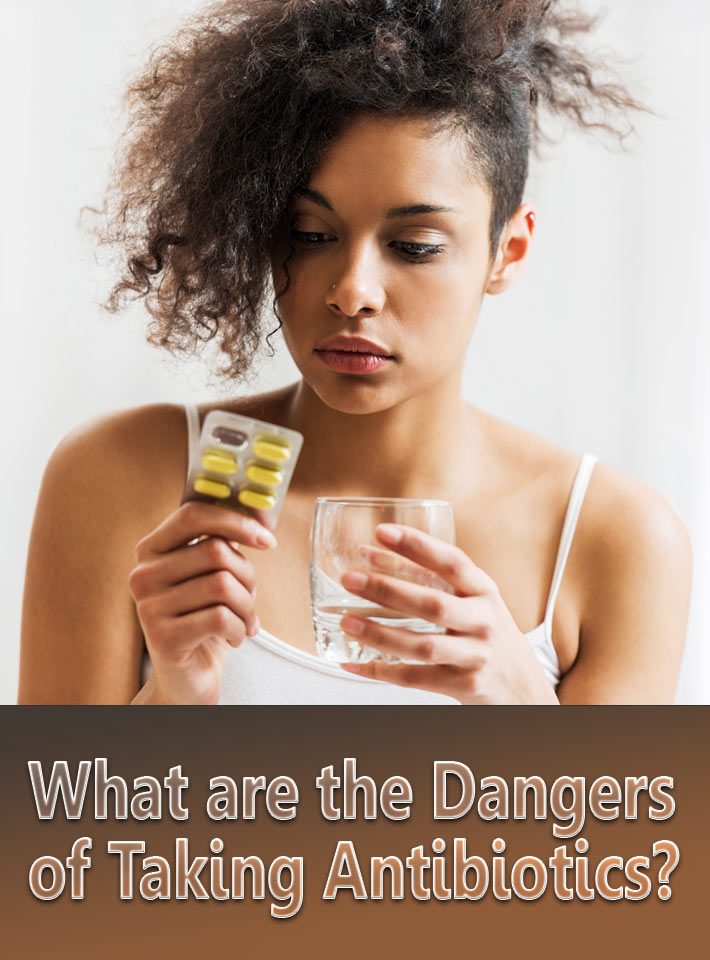
Most of us have taken antibiotics at some point in our lives. We take these powerful drugs because we are told by our healthcare professionals that we must. After all, who would want to risk a serious bacterial infection when it could be easily avoided? Antibiotics are designed to kill disease-causing bacteria, however, they cannot distinguish between good bacteria and bad bacteria. In addition, they contribute to our largest source of toxins – those generated within our own digestive system.
There are over 100 trillion good bacteria in our bodies that play a vital role in our overall health and well-being, particularly to immune function and digestion.
If the bacteria in our digestive systems are out of balance (or absent), a chain of undesirable events is initiated including improper digestion, malnutrition and incomplete absorption of nutrients. The beneficial bacteria in our digestive tracts produce necessary vitamins including B vitamins and K vitamins. Without the beneficial bacteria in our digestive tract, vitamin deficiency can result.
Furthermore, when antibiotics kill beneficial bacteria, undesirable yeasts and bacteria thrive and take over. Candida is an excellent example and affects more and more people causing uncomfortable symptoms such as itching, rashes, headaches, and lethargy. When antibiotics kill beneficial bacteria, it sets the stage for uncontrollable candida growth. Yeasts also produce immune-reactive substances which forces the immune system to work on overdrive. It eventually can stress the immune system to the point of immune suppression or even total breakdown. Yeasts also inhibit magnesium absorption, damage gut tissue (which leads to leaky gut syndrome), and a variety of other health problems ranging from chronic fatigue to allergies to arthritis.
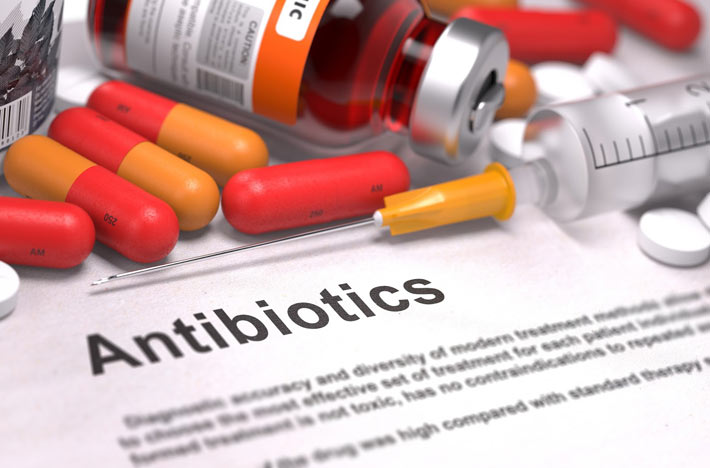
Because of antibiotics, ‘incurable’ strains of bacteria are being discovered. Many infectious diseases that were once treated with antibiotics are now resistant to them. More and more people die each year because of antibiotic-resistant infections acquired in hospitals. A World Health Organization (WHO) report stated that: “the spread of untreatable infections is threatening to undermine modern advances in health care. In many hospitals, antibiotic-resistant staphylococcus infections are epidemic. The inappropriate use of antibiotics is to blame both for the increase in drug-resistant microbes and for the weakened immune system of patients.” Weakened immune systems play a crucial role in the development of AIDS, autoimmune disorders, asthma, allergies and plenty of other health problems.
The best course of action whether or not you are currently on antibiotics is to be consuming probiotics, which contain live bacteria that will repopulate the gut.
If you neglect to help replenish the good bacteria after a course of antibiotics, you are risking reinfection, as your immune system will be compromised. A good practice is to begin taking probiotics while taking antibiotics; however, you should wait at least a few hours after your dose of antibiotics to take a dose of probiotics. And the best practice is to avoid taking antibiotics at all!
Fortunately there are many foods full of healthy probiotics you can be taking on a daily basis:
- Yogurt. One of the best probiotic foods is live-cultured yogurt, especially handmade. Look for brands made from goat milk that has been infused with extra forms of probiotics like lactobacillus or acidophilus. Goat’s milk and cheese are particularly high in probiotics like thermophillus, bifidus, bulgaricus and acidophilus. Be sure to read the ingredients list, as not all yogurts are made equally. Many popular brands are filled with high fructose corn syrup, artificial sweeteners and artificial flavors.
- Kefir. Similar to yogurt, this fermented dairy product is a unique combination of goat milk and fermented grains. High in lactobacilli and bifidus bacteria, kefir is also rich in antioxidants. Look for a good, organic version at your local health food shop.
- Sauerkraut. Made from fermented cabbage (as well as other vegetables), sauerkraut is not only extremely rich in healthy live cultures, but also aids in reducing allergy symptoms.
- Microalgae (Spirulina and Chlorella). These probiotic foods have been shown to increase the amount of both Lactobacillus and bifidobacteria in the digestive tract.
- Miso Soup. Miso is one the main-stays of Japanese traditional medicine, and is commonly used in macrobiotic cooking as a digestive regulator. Made from fermented rye, beans, rice or barley, adding a tablespoon of miso to some hot water makes an excellent, quick, probiotic-rich soup, full of lactobacilli and bifidus bacteria.
- Kombucha Tea. This is a form of fermented tea high in healthy gut bacteria. This probiotic drink has been used for centuries and is believed to help increase your energy, enhance your wellbeing and maybe even help you lose weight. Look for it in your grocery store, health food store, or you can even make your own!
There are also many probiotic supplements on the market now; however be sure to buy a reputable brand. Some of these supplements are worthless as they contain no live bacteria. Be sure to check the label for the number of live cultures.
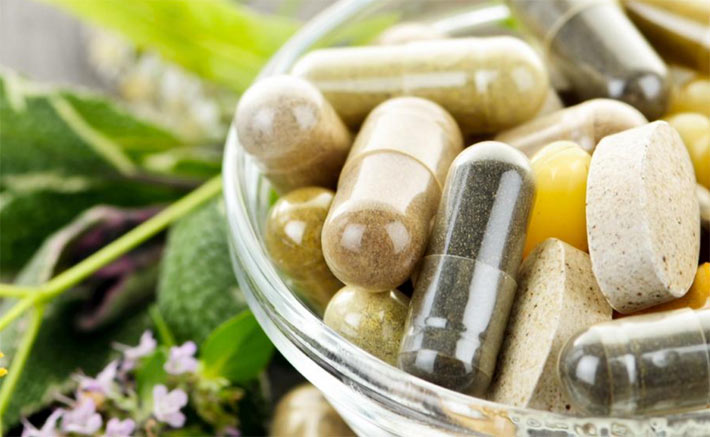
There may be times when taking antibiotics is necessary; however, the majority of the time they are used without sufficient cause and end up doing much more damage than good. Most bacterial infections can be healed naturally. So the next time you get a chest cold, instead of running to the doctor, first attempt curing your own infection!
Powerful, natural probiotics that also promote overall health and well being:
- Manuka honey. Manuka honey keeps some bacteria from being able to attach themselves to tissue. It also hampers bacteria from forming biofilms, which bacteria use as protection from antibiotics.
- Garlics and Onions. Both of these foods have been used over the centuries for their antibiotic properties. Garlic has a compound named “allicin” that has both antibacterial and anti-fungal effects, and has shown in studies to reduce staphylococcus albus.
- Goldenseal. Goldenseal is a natural antibiotic that helps prevent bacteria from attaching to our cell’s walls.
- Echinacea. Echinacea is a flower/herbal immunity booster. For starters, try it in the form of a tea. Stay clear of teas that include citric acid, which may inhibit the medicinal properties.
- Colloidal Silver. Colloidal silver is a tasteless liquid can be taken in place of an antibiotic, and is especially helpful for upper respiratory ailments. If you want to take this instead of an antibiotic, you need to begin at the onset of an illness and take the max dosage without skipping a dose. Colloidal silver will kill both good and bad bacterium — which means you need to keep adding disease fighting good bacteria to your diet.
- Oregano Oil. Oregano oil shows antibacterial and anti-fungal effects
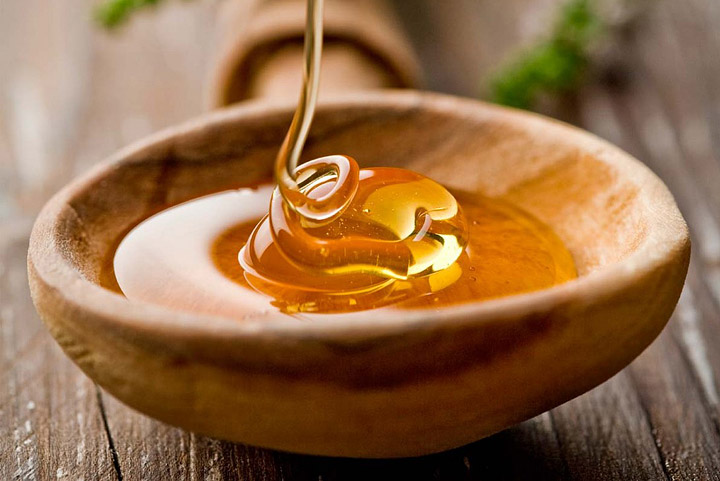
You don’t have to worry about natural antibiotics killing the good bacteria in your gut as they, unlike prescription antibiotics, are able to target only the bad bacteria. You can use these natural remedies any time you get sick, as a preventive measure, without any worry of negative side-effects.

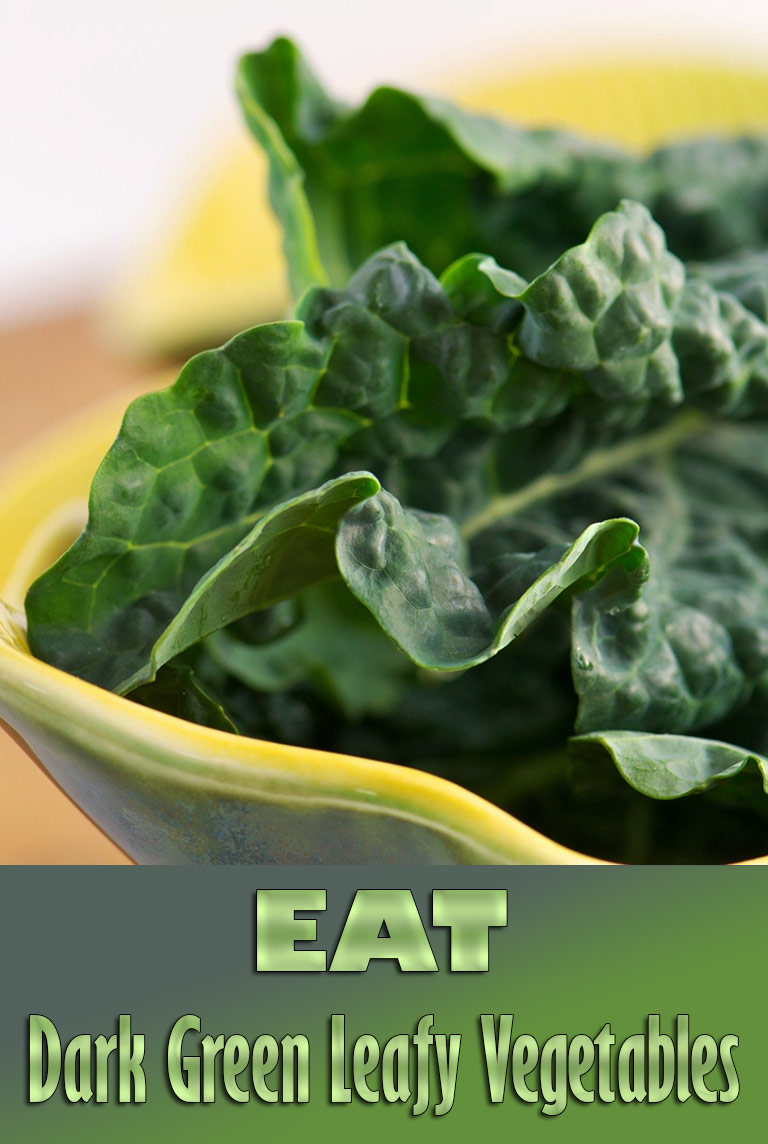

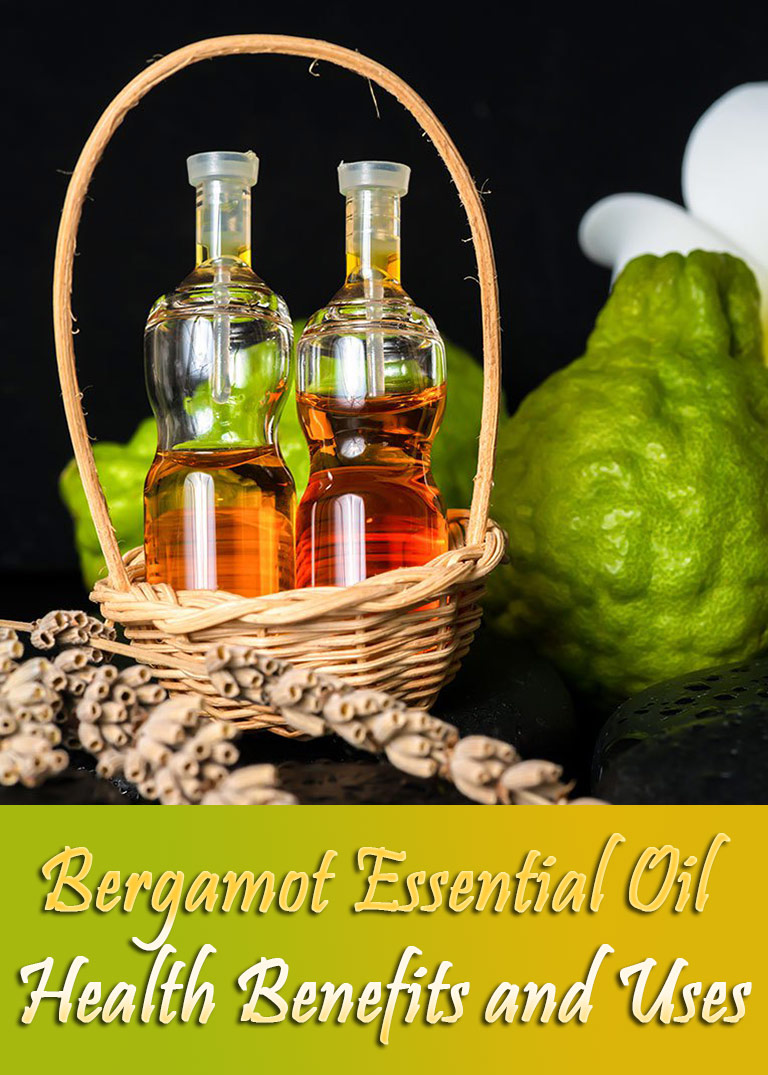
Leave a Reply